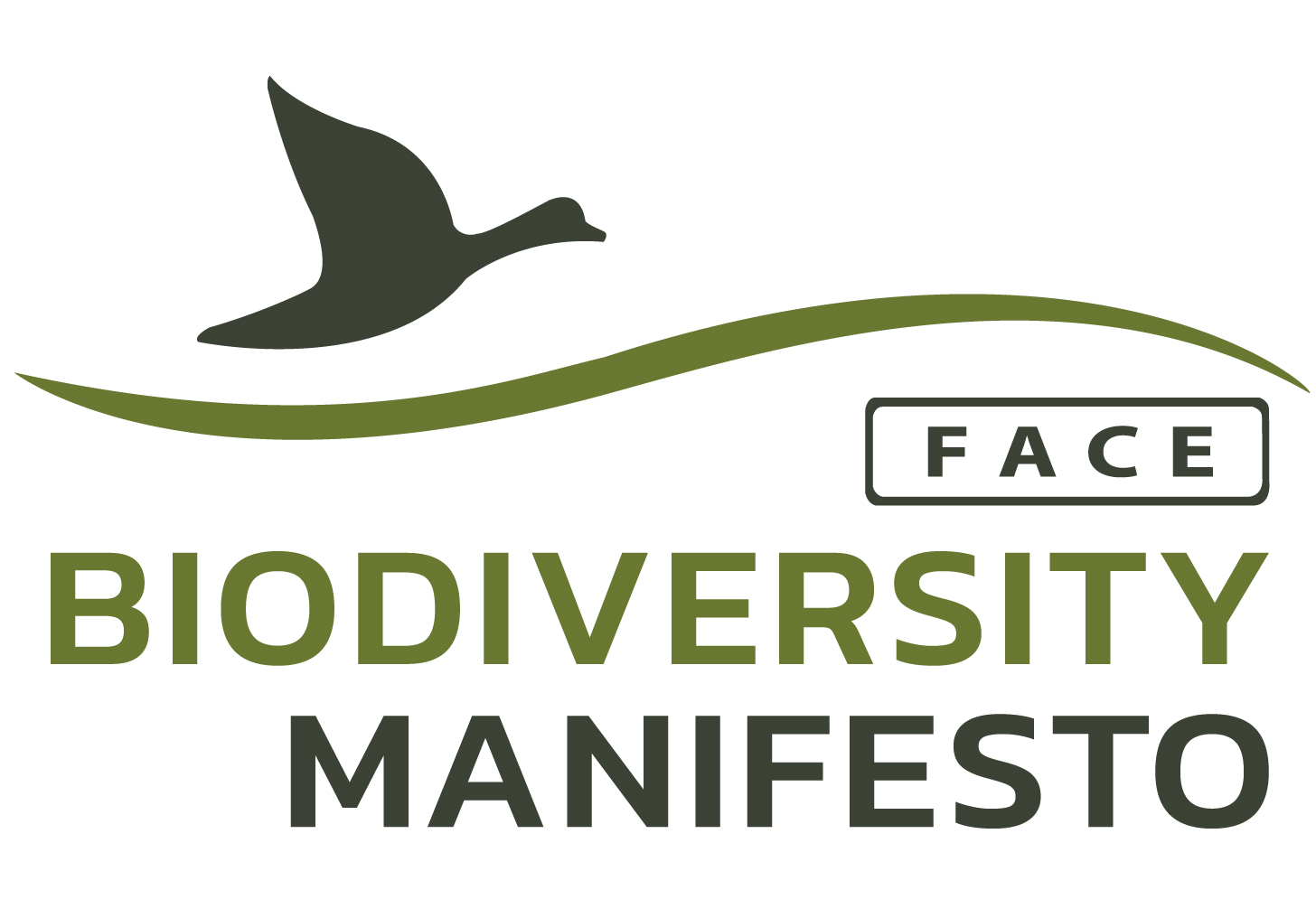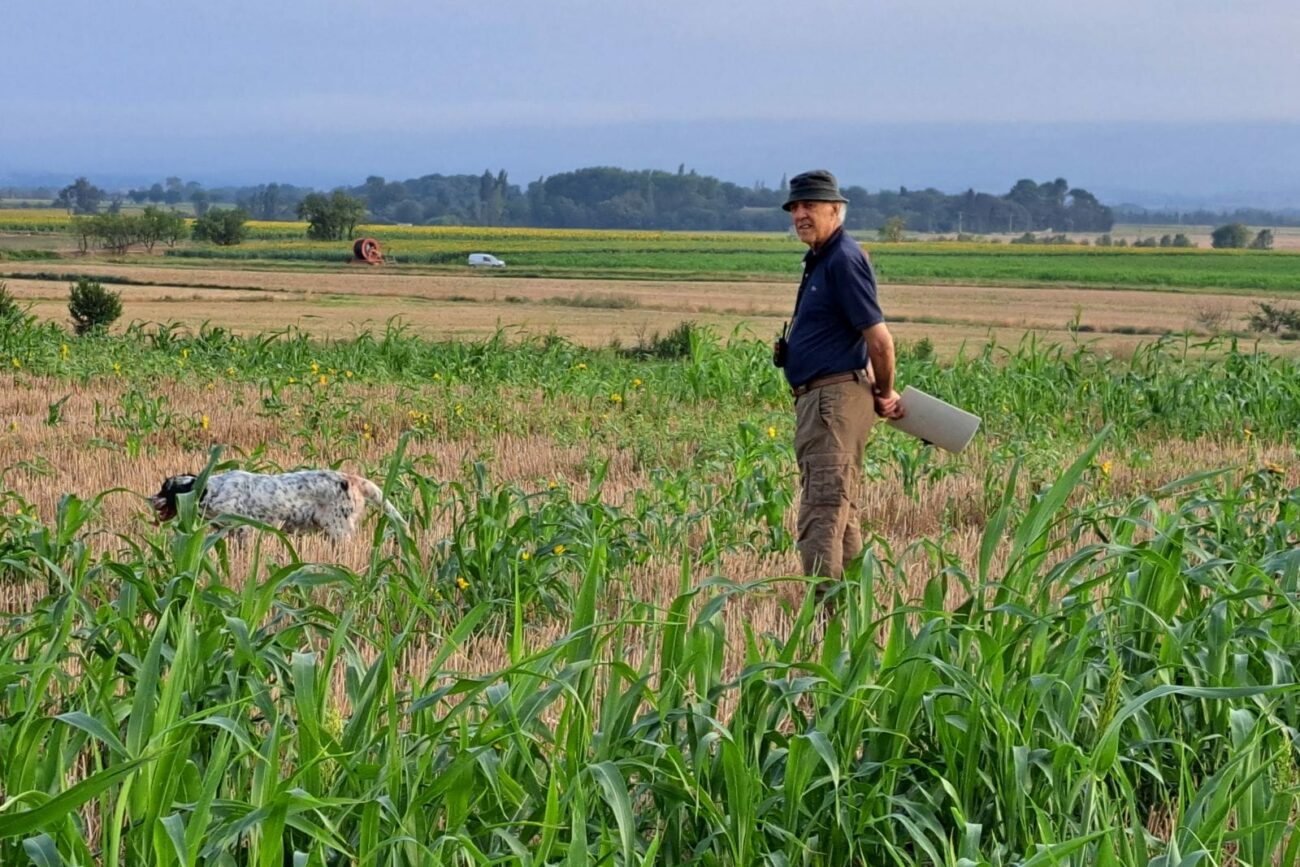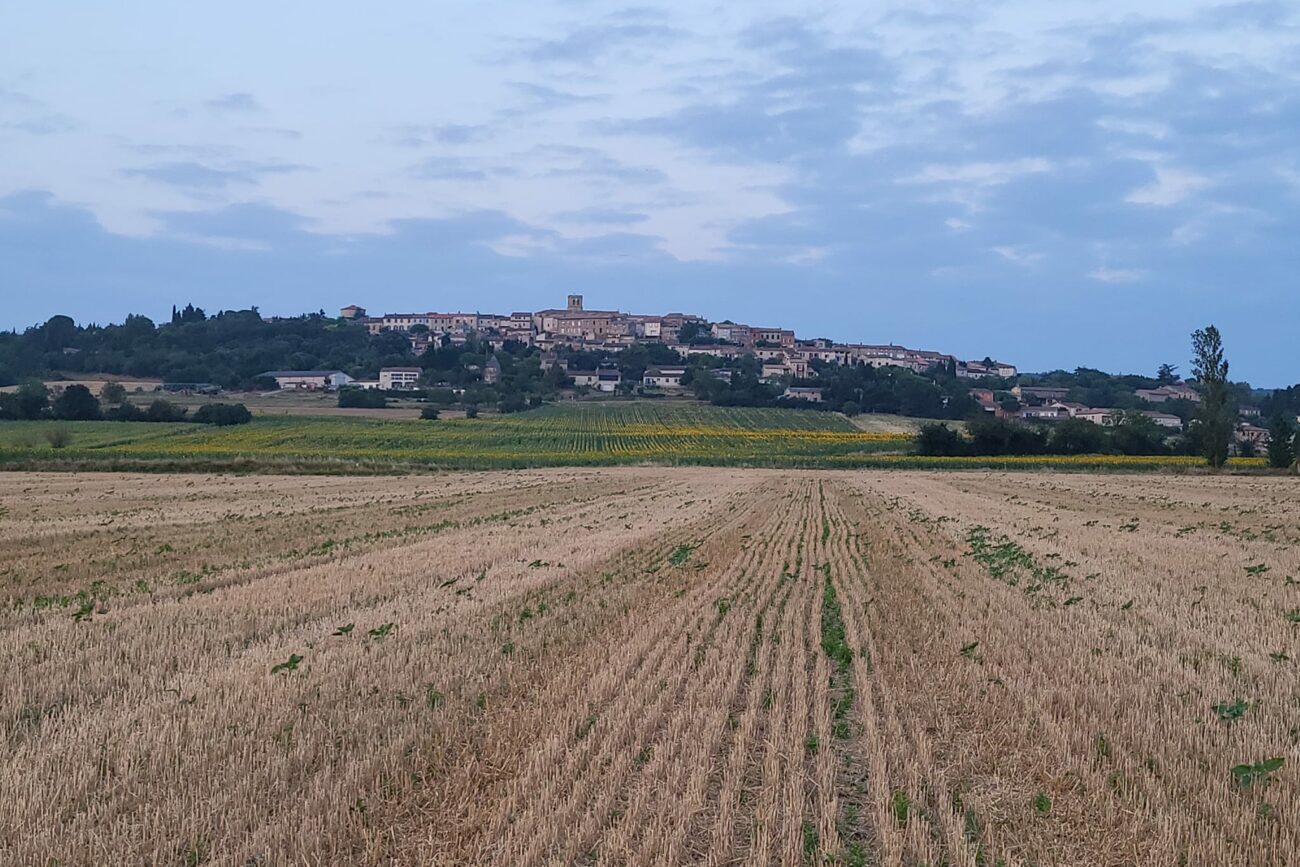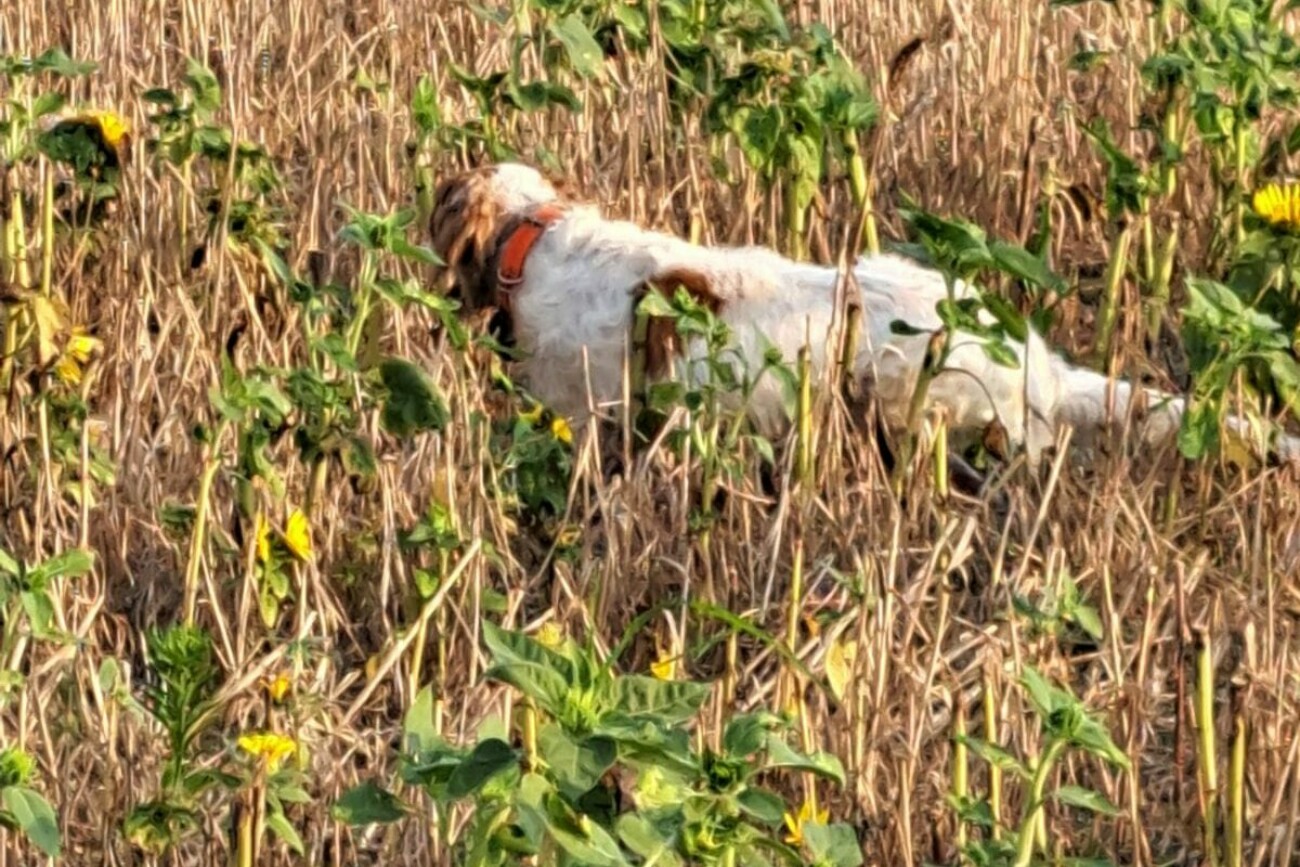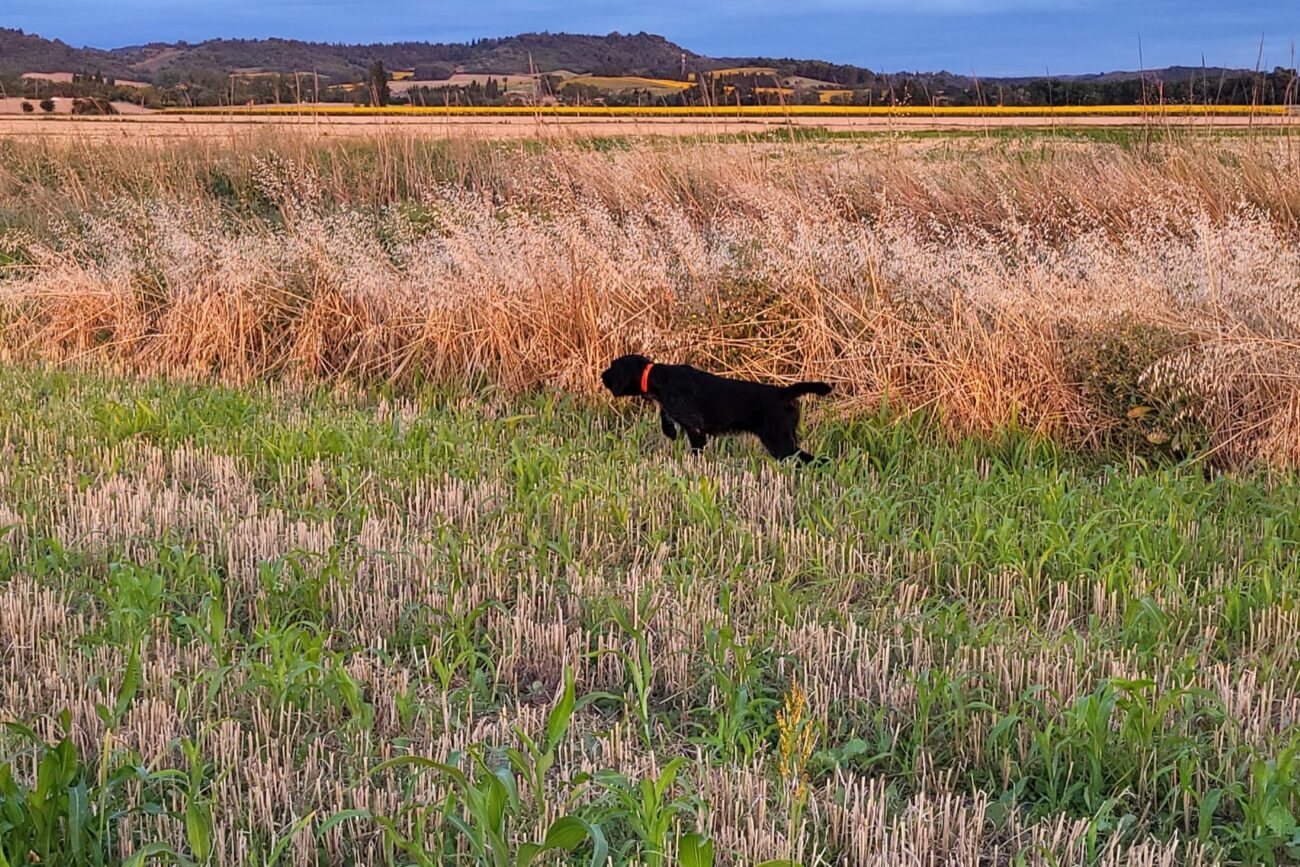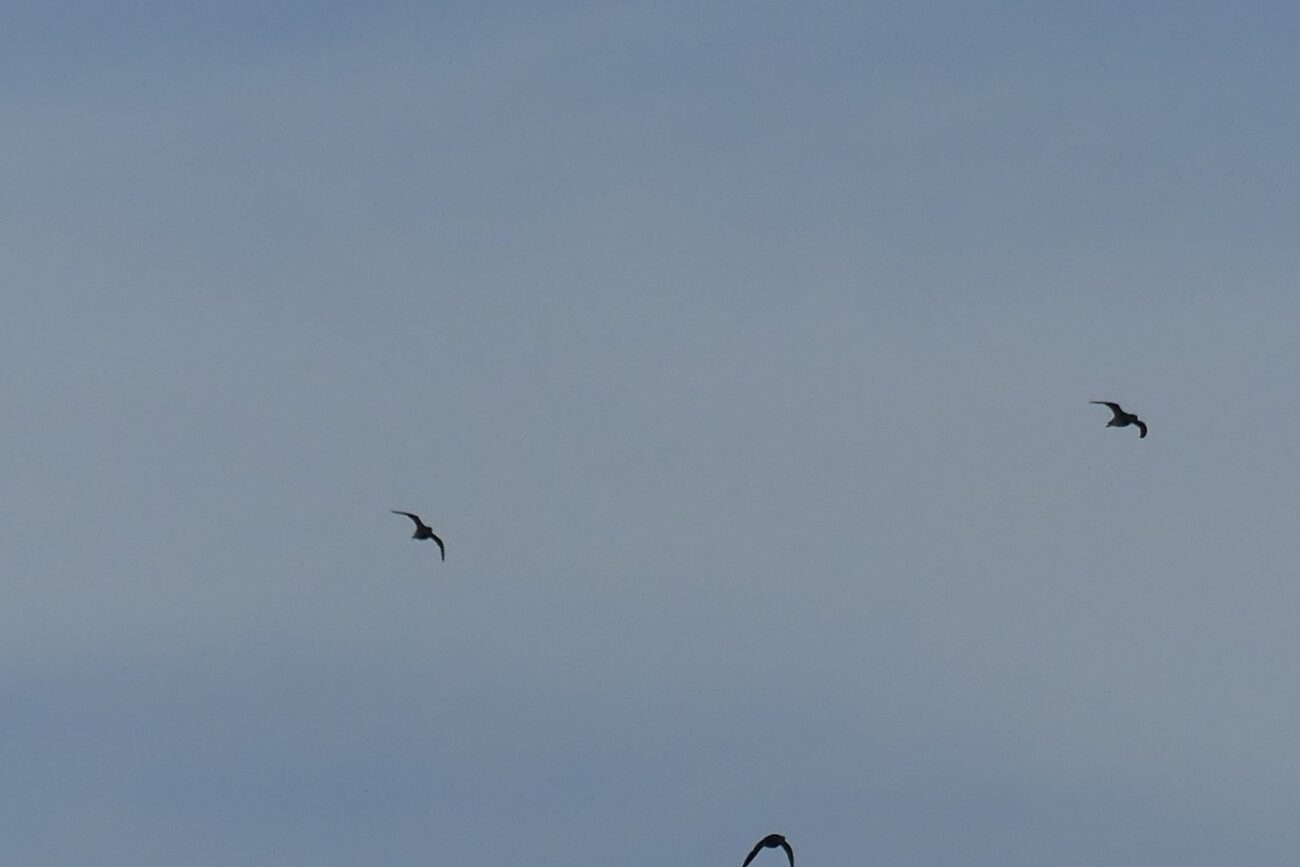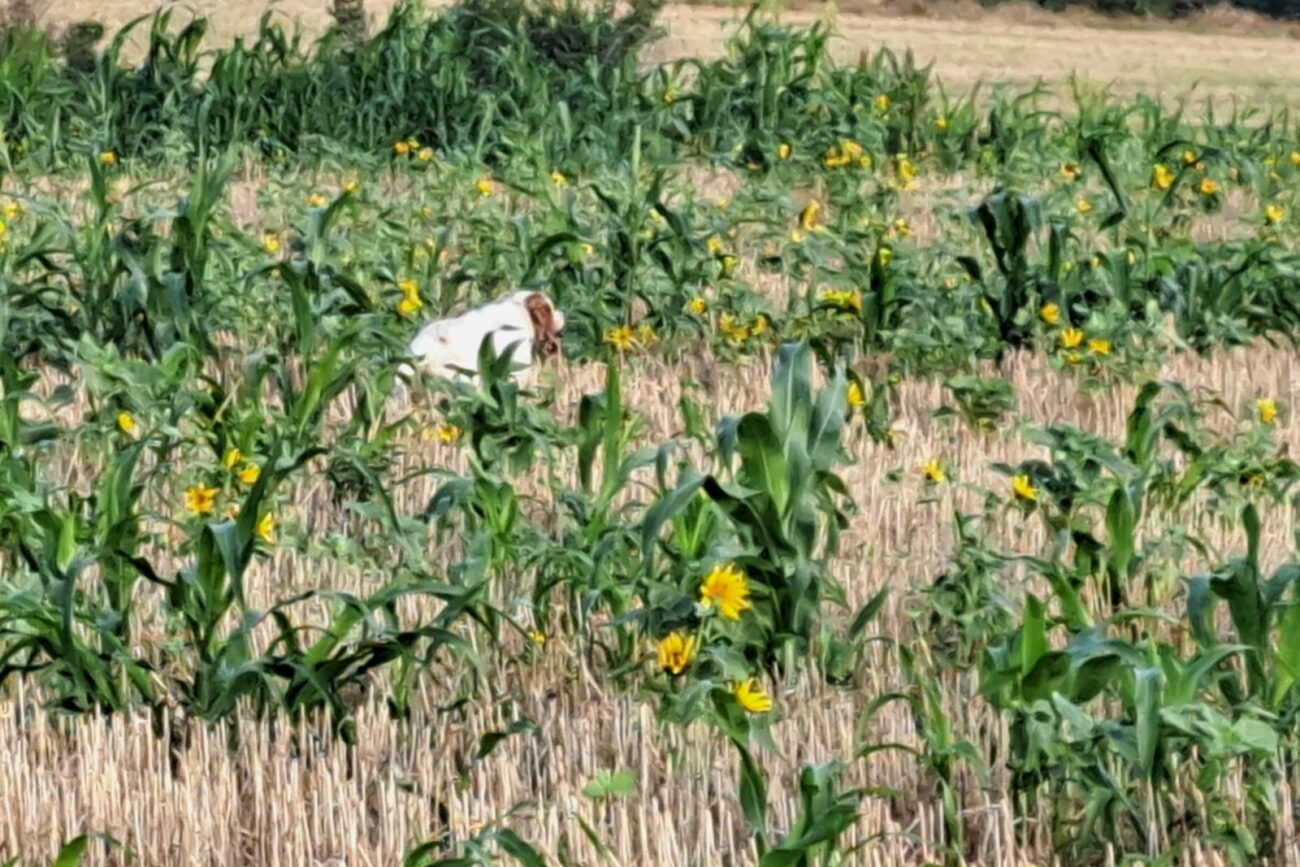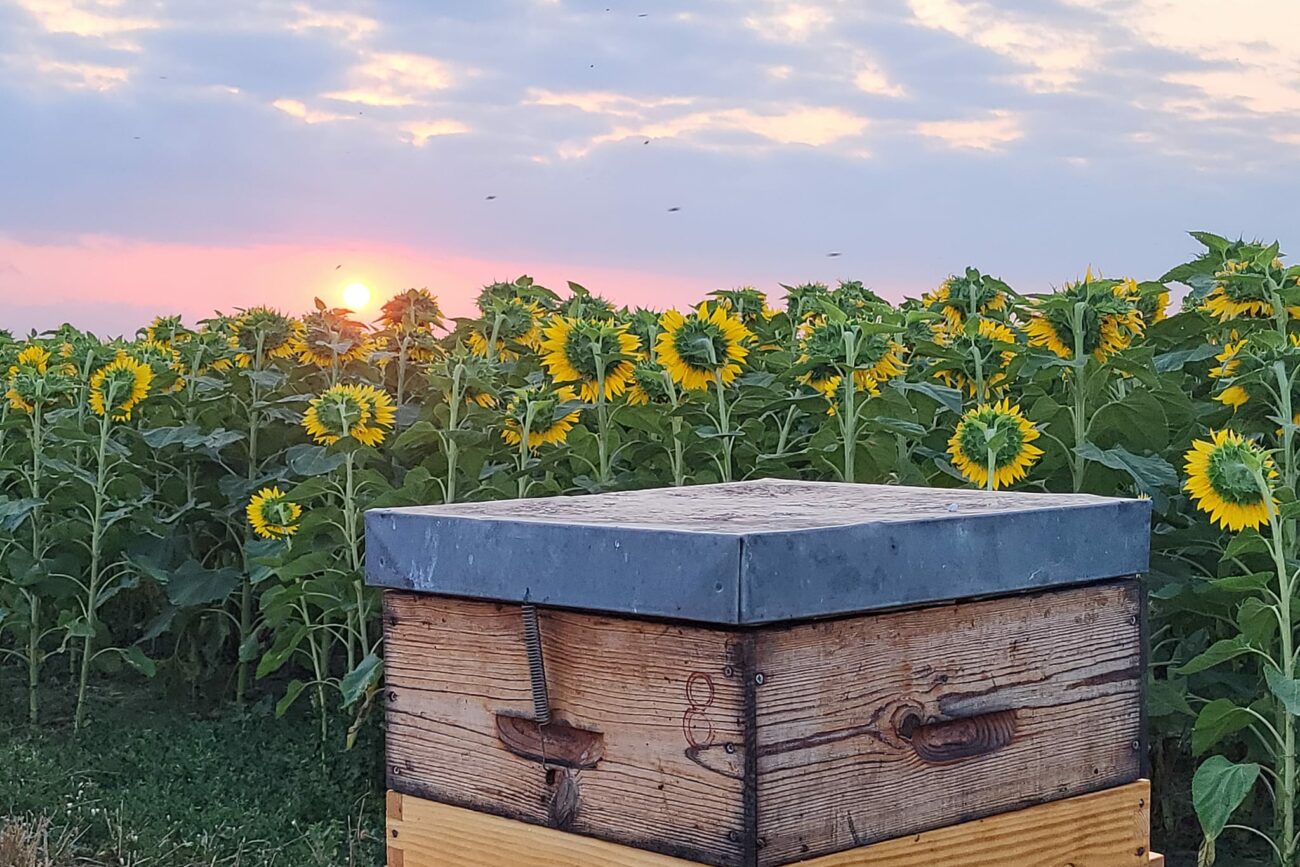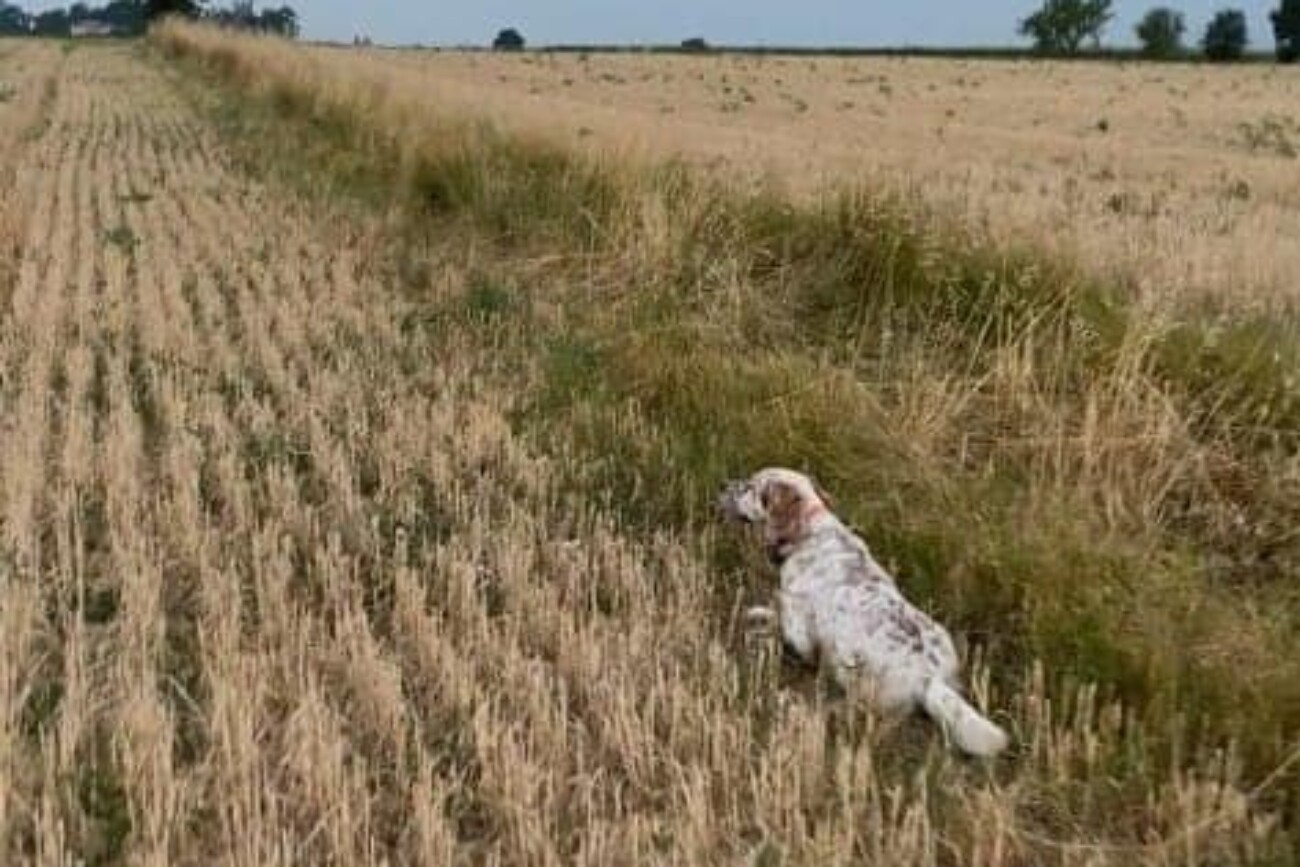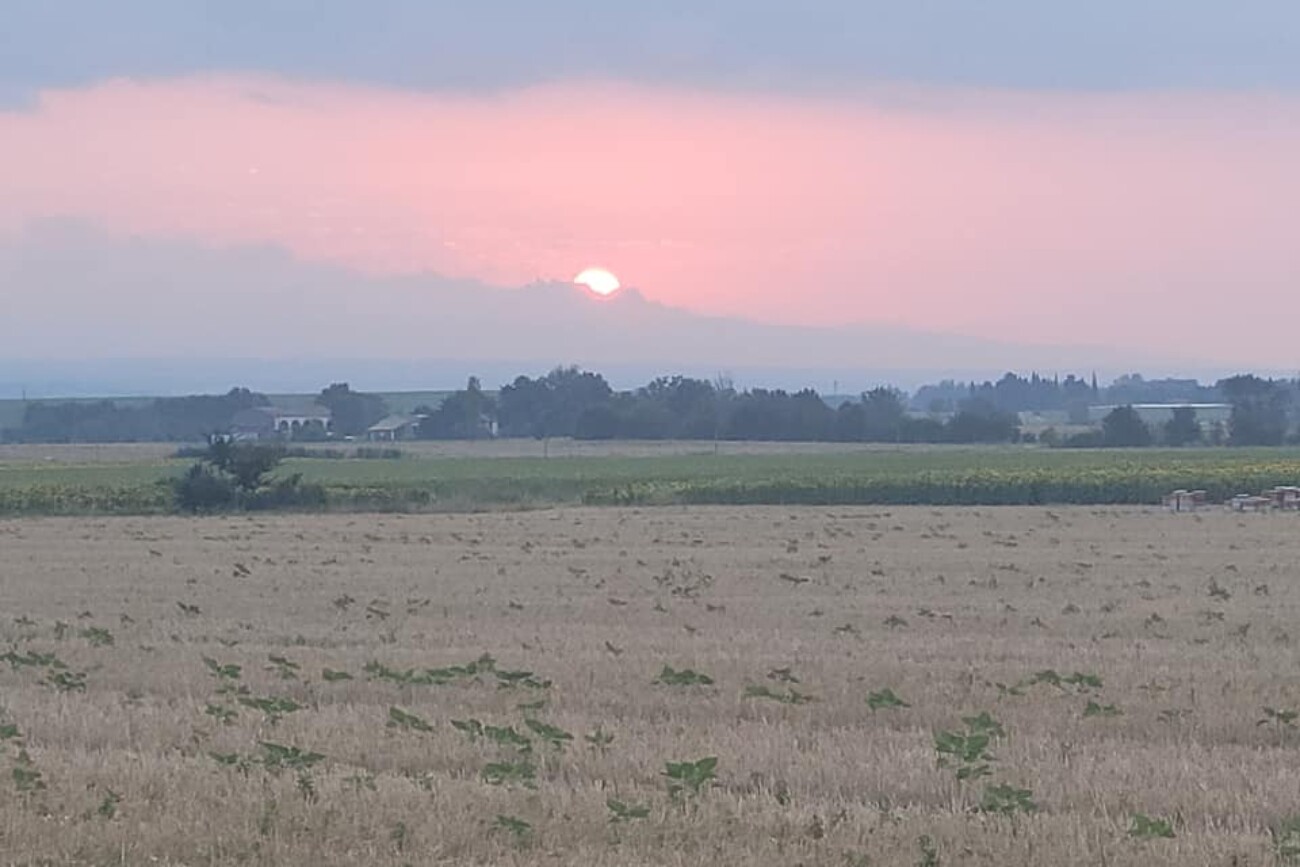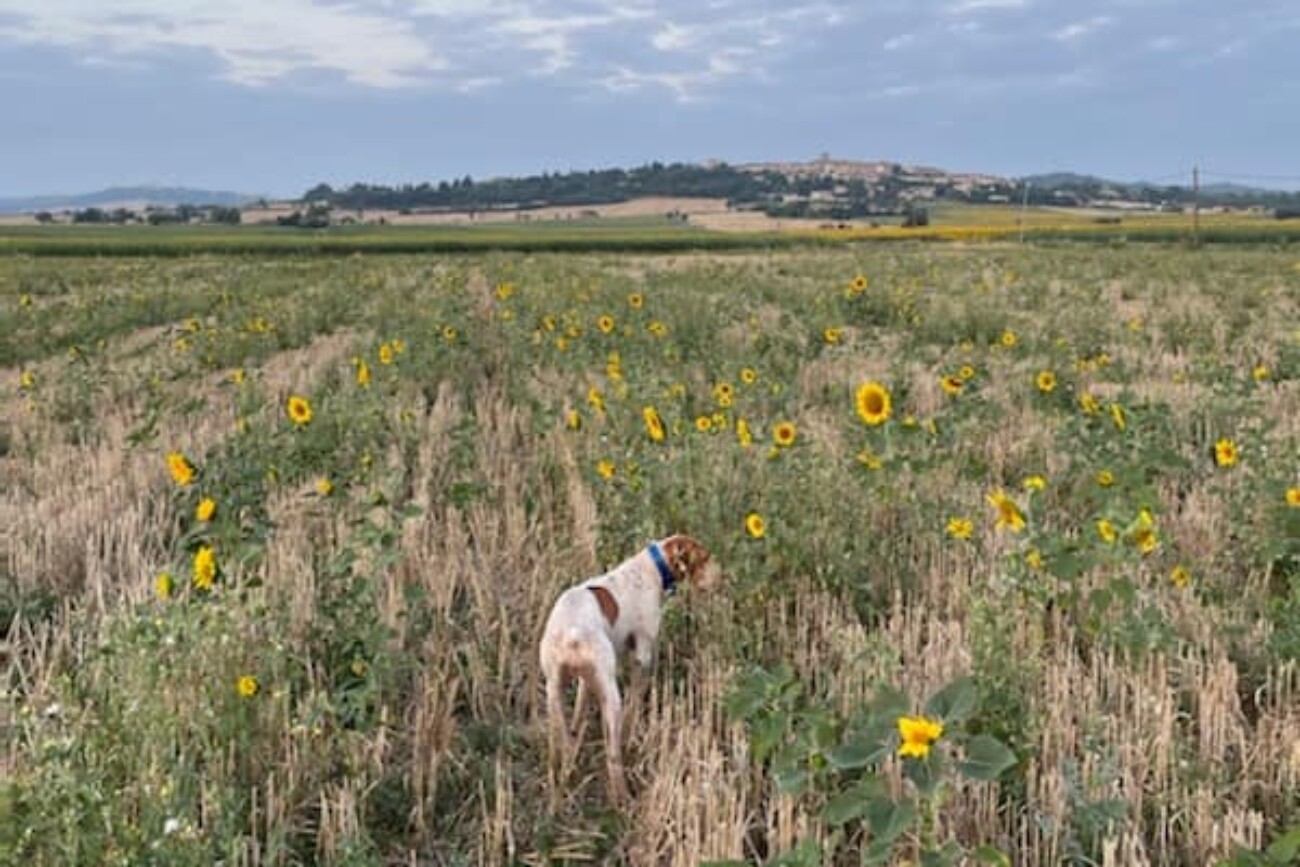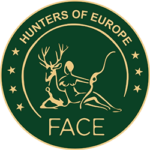Each year, dedicated teams embark on the crucial task of sampling common quail populations, ensuring that these vital data collection efforts contribute to the broader understanding of bird ecology and conservation. This year’s operations follow the established protocol: starting with the quantification of singing males, progressing through the meticulous process of bird ringing, and concluding with an assessment of breeding success. The final stage involves using pointing dogs to detect the presence of juveniles, providing a comprehensive picture of the reproductive success of the quail population.
These operations are not just routine; they are essential for monitoring the health and sustainability of Common quail (Caille des blés) populations. The data collected helps researchers track population trends, understand the effects of environmental changes, and guide conservation efforts. By ringing birds, researchers can gather information on individual birds’ lifespans, migration patterns, and survival rates. This information is vital for identifying potential threats to quail populations and implementing strategies to mitigate them.
The Importance of Sampling Operations
Sampling operations, such as the quail counting and ringing, are fundamental to bird conservation. They provide a snapshot of the health of bird populations, helping scientists detect changes in population size and distribution. This information is crucial for understanding the impacts of habitat loss, climate change, and other environmental factors on bird species.
Moreover, sampling helps to assess the success of conservation efforts. By comparing data over time, researchers can determine whether the measures put in place to protect bird populations are effective. This feedback loop is essential for adapting and improving conservation strategies to ensure they meet their objectives.
EU Policy Relevance: Contributing to Biodiversity and Conservation Goals
The quail sampling and ringing operations are closely aligned with European Union policies aimed at conserving biodiversity and protecting wildlife. These efforts support the EU Biodiversity Strategy for 2030, which seeks to halt biodiversity loss and restore ecosystems across Europe. By providing detailed data on quail populations, these operations contribute to the broader goals of protecting migratory species and ensuring sustainable hunting practices, which are key components of the EU’s conservation framework.
Furthermore, this project is part of the Ecocontribution OcCoturnix program, supported by the French Office for Biodiversity (OFB) and the National Federation of Hunters (FNC). This aligns with the EU’s Common Agricultural Policy (CAP), which encourages sustainable land use practices that benefit both agriculture and biodiversity. Through these sampling operations, the project supports the EU’s commitment to maintaining and enhancing the health of Europe’s natural environments, ensuring that bird species like the common quail continue to thrive.
In conclusion, the quail counting and ringing operations are a vital component of bird conservation efforts in Europe. Supported by EU policies and national initiatives, these activities provide the essential data needed to protect and sustain quail populations, contributing to the broader goal of preserving Europe’s rich biodiversity.
For more information please check out:
